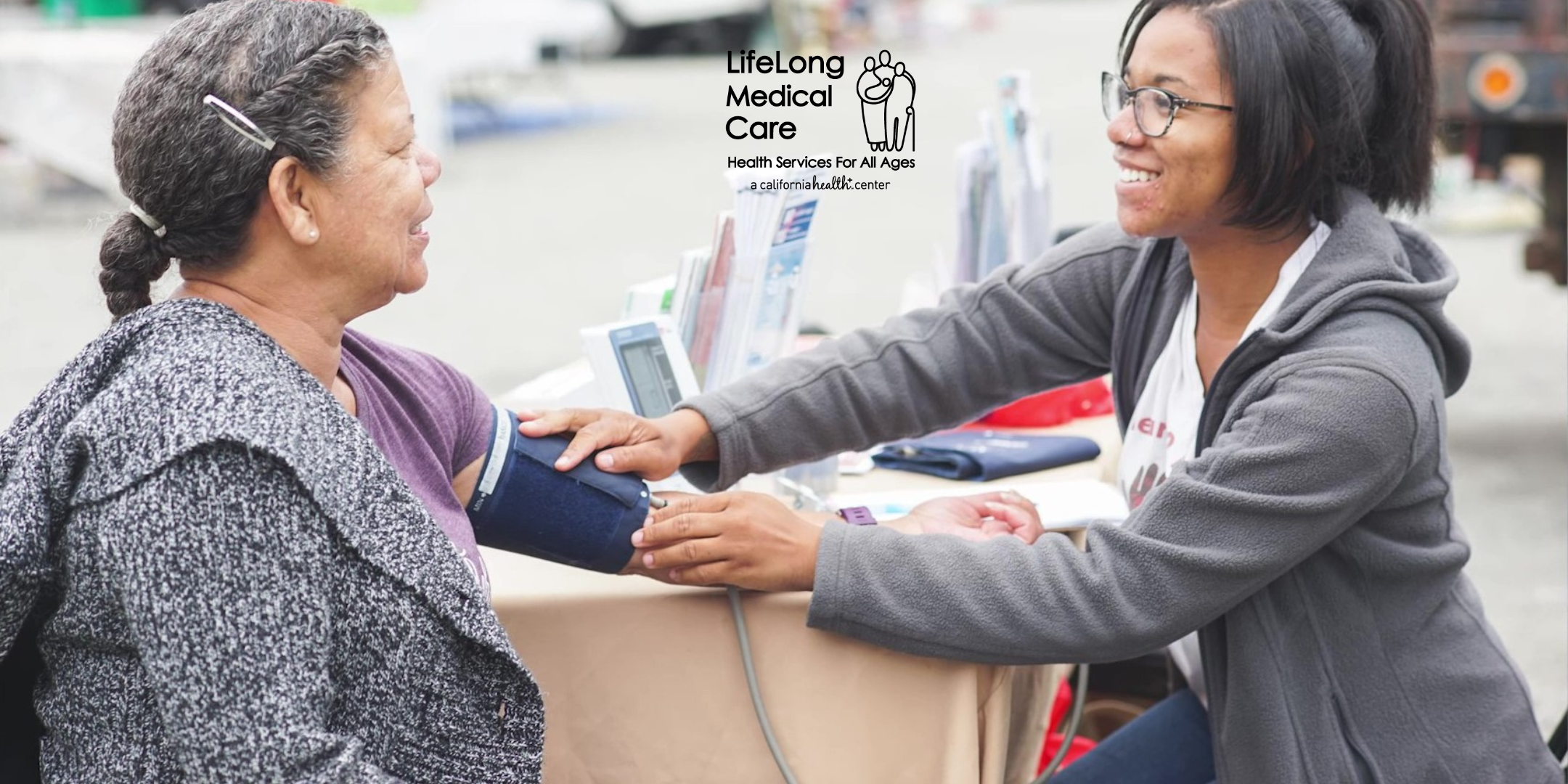LifeLong Medical Care: Centering Care around Community
Blog Contribution: LifeLong Medical Care
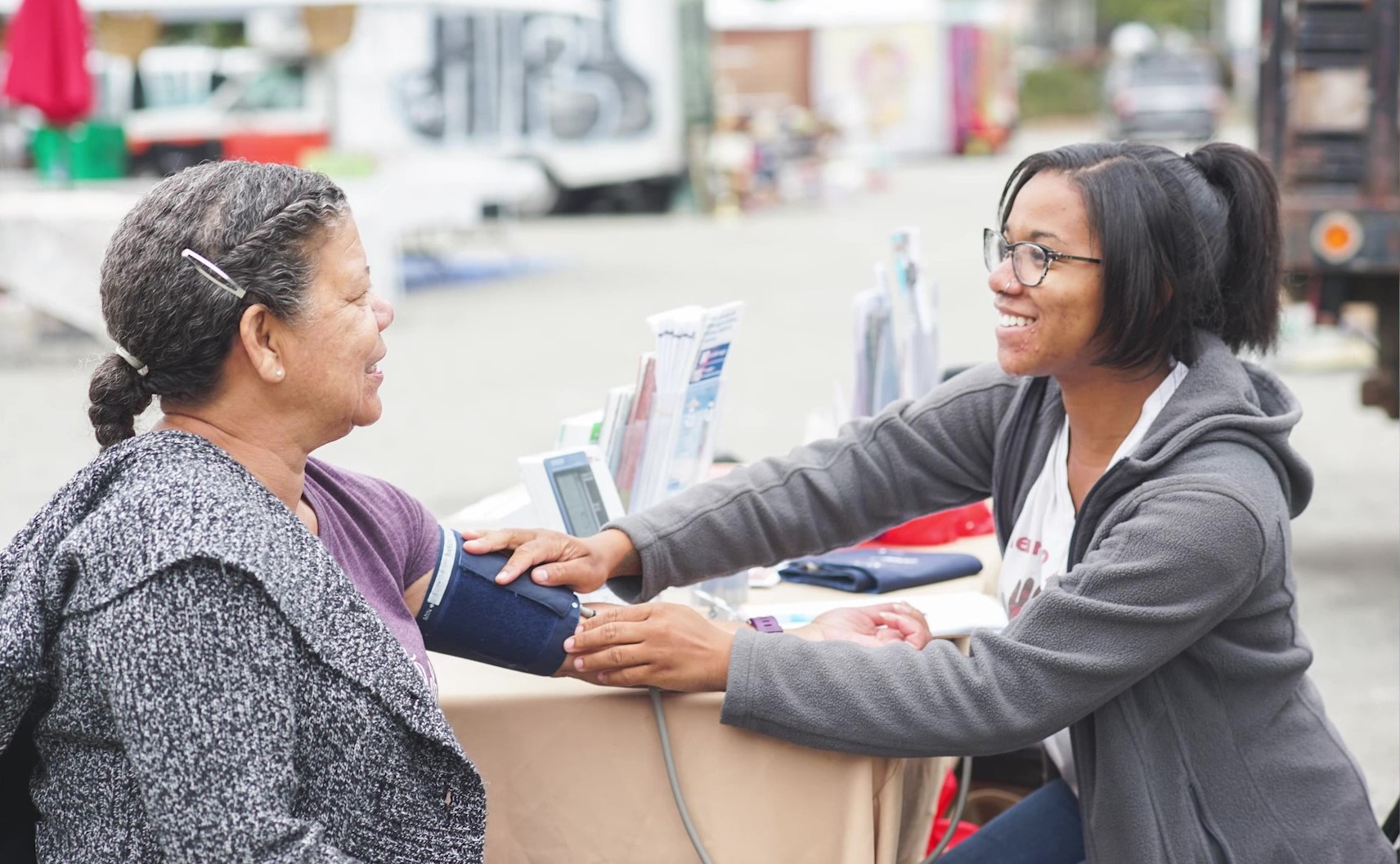
It’s been eight years since Berkeley voters approved Measure D, the one-cent tax on sugary drinks dedicated to improving community health, and LifeLong Medical Care has been putting its share of the funds to good use.
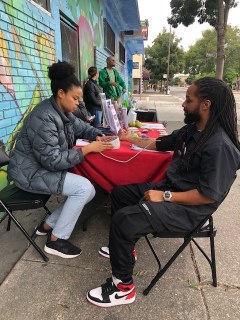
The soda tax funds are helping LifeLong’s Heart 2 Heart and Oral Health programs address some of the city’s most concerning health disparities. A new film by the Praxis Project is highlighting this work. Praxis and LifeLong believe approaches to preventable health conditions that put the community at the center of the solution result in more effective and equitable outcomes.
Watch the full video at The Praxis Project on Vimeo.
We go wherever the community meets – Sabrina Valadez-Rios
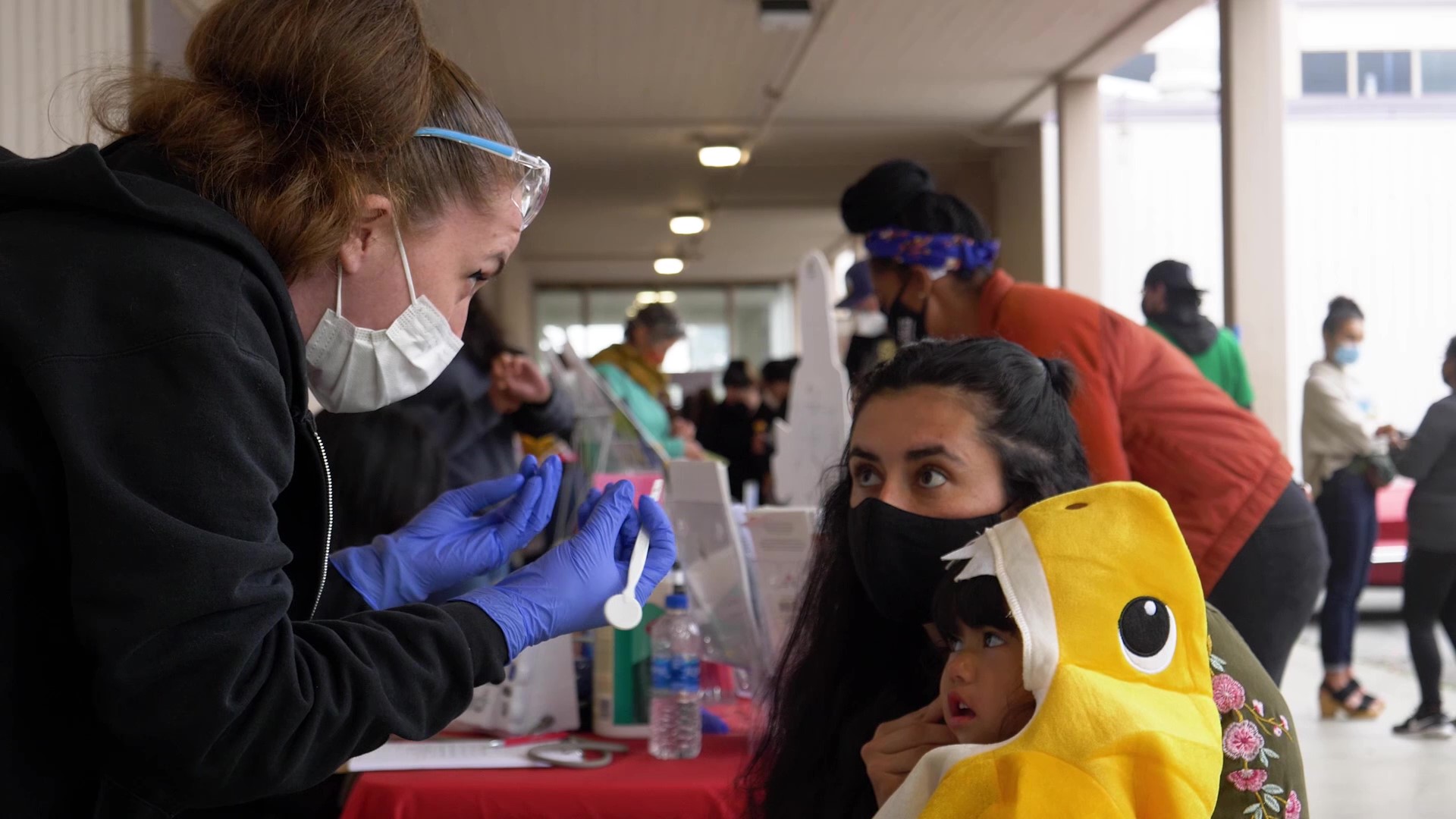
Heart 2 Heart was created in 2008 when a health report found extraordinarily high rates of hypertension among African Americans living in South Berkeley. Since then the Heart 2 Heart team has been promoting high blood pressure awareness and offering free screenings in such places as barber shops, grocery stores, and senior centers throughout Berkeley and parts of West Oakland.
“We go wherever the community meets,” says Community Engagement Manager an former Heart 2 Heart Program Specialist Sabrina Valadez-Rios, who grew up in West Oakland. “The food deserts in these low-income communities will of course result in high blood pressure, diabetes, and other chronic diseases. We do health education and talk about alternatives to soda – just alternative ways to live a healthier life.”
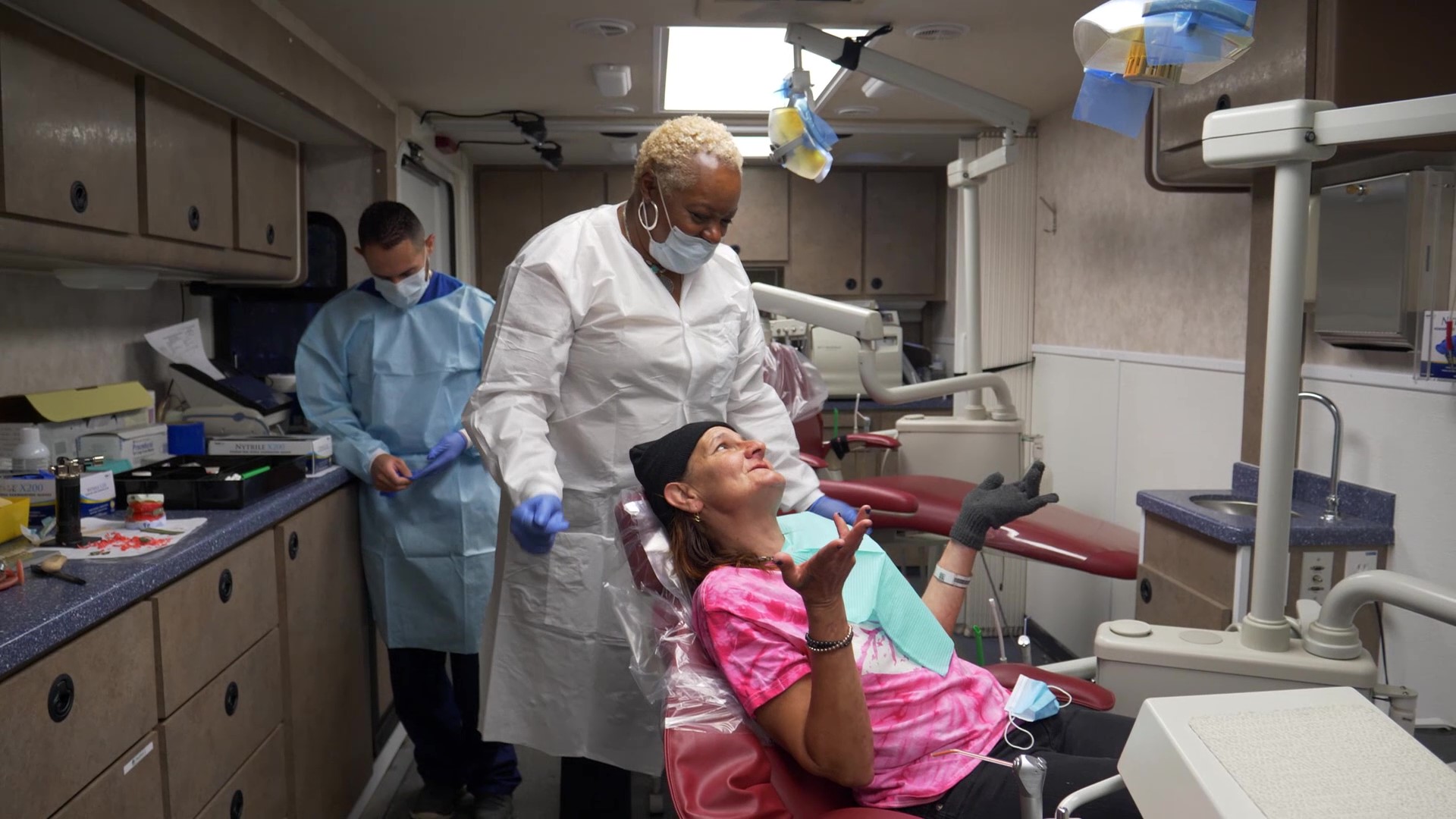
Oral health is often overlooked in the healthcare conversation, says LifeLong’s Chief Dental Officer Dr. Miriam Parker. LifeLong’s dental van travels throughout Berkeley and Oakland, treating both children and adults. Part of Dr. Parker’s mission is to minimize cavities in kids.
“I see myself in the patients I treat. I just count my blessings, and I try to do what I would want someone to do for me,” Dr. Parker says.
“We take our van out to some of the elementary schools, some of the YMCAs, some of the Head Starts because the best way to capture kids’ oral health is to catch them when they’re young,” she says. “And also we engage with the parents to let them know that they are the purveyors of their child’s tastebuds – and for them to be a lot more thoughtful in the food choices that they’re giving their child.”
Poor oral health inevitably leads to poor nutrition, which can exacerbate chronic conditions, Dr. Parker says. “Not being able to chew food properly contributes to the food choices, which then goes back to choosing foods that are soft. And those foods often are not good for folks who are diabetic or hypertensive.”
Valadez-Rios says that these programs are in a unique position to offer needed services to underserved members of the community – and people are grateful.
She says that during one of her mobile visits as she was taking a woman’s blood pressure, she asked her patient if she knew what the blood pressure numbers meant. And when the woman said she didn’t, she asked if she would like to know.
After Valadez-Rios explained, “She looked at me and said, ‘No one in my 60 years of life has ever even asked me if I wanted to know what those numbers meant.’ She gave me a hug. I feel that everyone who works at LifeLong has a deep passion for social justice and health equity. We all do this work from our hearts.”
Learn more about LifeLong Medical HERE, and more about their Heart 2 Heart Program HERE.
